RECOMMENDED READING: Taking the DOXA SUB 200 over the water, but not into it
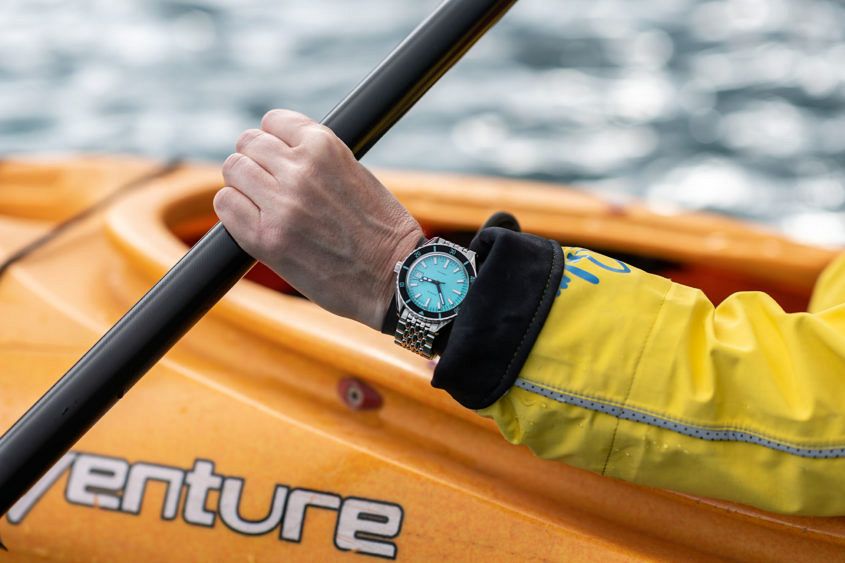 Kayaking isn’t the sport that immediately comes to mind when you think of DOXA, given that your DOXA is most comfortable hundreds of metres under the water, not necessarily on a narrow boat above the water. But that is exactly where fellow watch writer Sophie Furley from Watchonista took two different DOXA models on quite a cold looking adventure recently, paddling out over Lake Brienz in Switzerland. On the wrists were the DOXA SUB 200 with the turquoise dial, as well as the classic DOXA orange dial SUB 200 T.GRAPH, which represent the diversity of options within the current DOXA lineup. While it wasn’t the sort of activity that Sophie had experience in, the kayaking proved to be enjoyable, with the turquoise dial of the DOXA SUB 200 perfectly complementing the milky blue glacier-fed lake water they sat atop. Likewise, the SUB 200 T.GRAPH fitted into the activity seamlessly, offering an option to track the time since they left the lake’s shore, and delivering a pop of orange that matched one of their kayaks. For a full account of the DOXA-timed journey across the lake, find the Watchonista article right here.
Kayaking isn’t the sport that immediately comes to mind when you think of DOXA, given that your DOXA is most comfortable hundreds of metres under the water, not necessarily on a narrow boat above the water. But that is exactly where fellow watch writer Sophie Furley from Watchonista took two different DOXA models on quite a cold looking adventure recently, paddling out over Lake Brienz in Switzerland. On the wrists were the DOXA SUB 200 with the turquoise dial, as well as the classic DOXA orange dial SUB 200 T.GRAPH, which represent the diversity of options within the current DOXA lineup. While it wasn’t the sort of activity that Sophie had experience in, the kayaking proved to be enjoyable, with the turquoise dial of the DOXA SUB 200 perfectly complementing the milky blue glacier-fed lake water they sat atop. Likewise, the SUB 200 T.GRAPH fitted into the activity seamlessly, offering an option to track the time since they left the lake’s shore, and delivering a pop of orange that matched one of their kayaks. For a full account of the DOXA-timed journey across the lake, find the Watchonista article right here.
The post RECOMMENDED READING: Taking the DOXA SUB 200 over the water, but not into it appeared first on Time and Tide Watches.
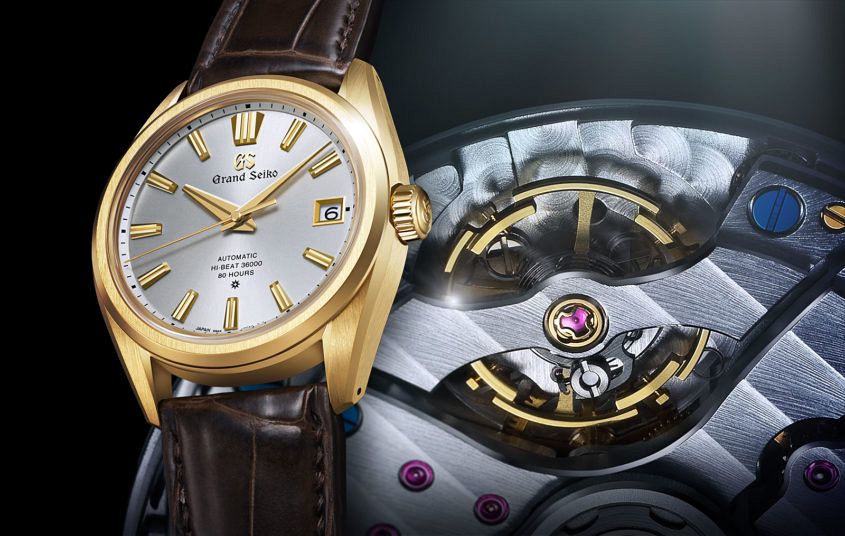 It’s a pretty big deal for any watch company to launch an entirely new movement – let alone two new movements at once. But this is what Grand Seiko has done to mark its 60th anniversary. The choice of year is significant: in Western culture, a 60th is not considered particularly special (half and quarter centuries are more celebrated), but in Japan, where the zodiac calendar is based on a 60-year cycle, it is hugely significant. A 60th anniversary signals renewal, revitalisation and rebirth. So, beyond encapsulating the expertise accumulated by Grand Seiko over the past 60 years, these two new movements are a strong statement of intent. They represent each of Grand Seiko’s two pillars: Calibre 9SA5 is a traditional mechanical movement, while Calibre 9RA5 is a Spring Drive movement. These are entirely new movements, with every element developed and produced in-house and designed to last for decades as the foundation for a whole new generation of watches. To understand their place in the Grand Seiko story, let’s look at the genesis of each in turn. As a reminder, when Grand Seiko was created in 1960 – Genzo Kintaro, the founder’s eldest son was Chairman of Seiko, and Shoji…
It’s a pretty big deal for any watch company to launch an entirely new movement – let alone two new movements at once. But this is what Grand Seiko has done to mark its 60th anniversary. The choice of year is significant: in Western culture, a 60th is not considered particularly special (half and quarter centuries are more celebrated), but in Japan, where the zodiac calendar is based on a 60-year cycle, it is hugely significant. A 60th anniversary signals renewal, revitalisation and rebirth. So, beyond encapsulating the expertise accumulated by Grand Seiko over the past 60 years, these two new movements are a strong statement of intent. They represent each of Grand Seiko’s two pillars: Calibre 9SA5 is a traditional mechanical movement, while Calibre 9RA5 is a Spring Drive movement. These are entirely new movements, with every element developed and produced in-house and designed to last for decades as the foundation for a whole new generation of watches. To understand their place in the Grand Seiko story, let’s look at the genesis of each in turn. As a reminder, when Grand Seiko was created in 1960 – Genzo Kintaro, the founder’s eldest son was Chairman of Seiko, and Shoji…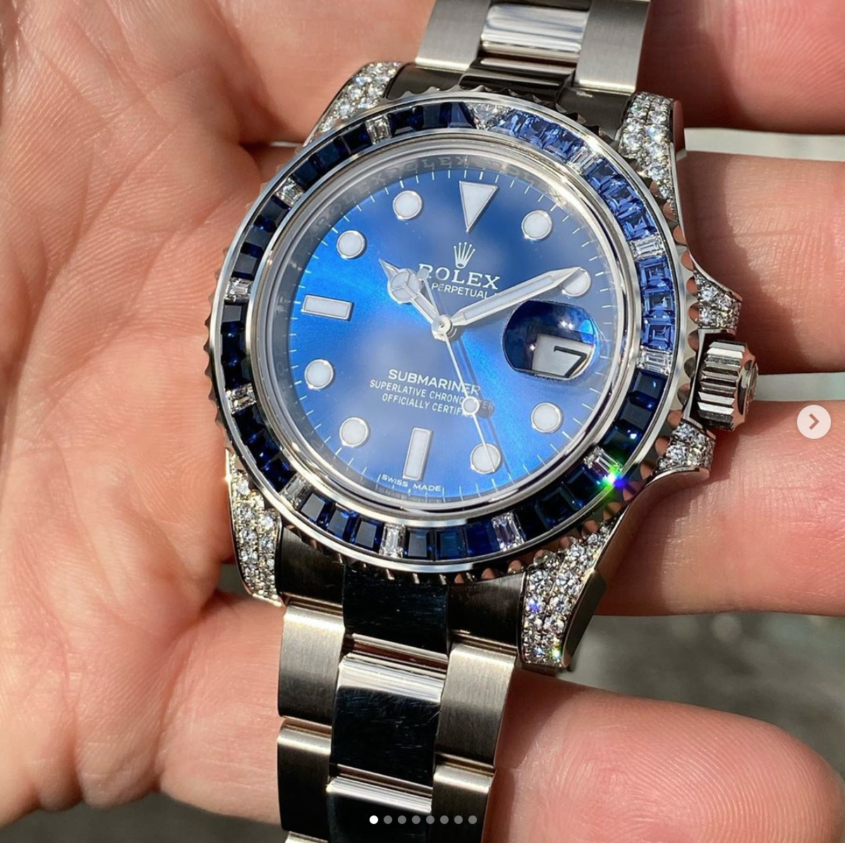 This week in Great ‘Grams I wanted to focus on the more lighthearted side of the hobby, and probably the initial reason many of us became interested in horology — it’s fun. It’s fun to learn about a totally new version of a watch you thought you were familiar with, and it’s fun to ooh and aah at a gem-set masterpiece because for some reason even though you might never own it, there is a part of you that is glad it exists. It’s also a lot of fun to meet other passionate people through this hobby: the founders of brands who are working hard to bring something new and exciting to collectors, the retailers who have a smile on their face as they share something you didn’t know before, or the fellow collectors who share their passion with you over a beer after work. So while around the world there is a pervasive mood of fear, confusion and uncertainty, let’s take a moment to focus on the fun of this wonderfully deep rabbit-hole of a hobby. And remember that if we do bump into a brand founder, retailer or fellow enthusiast, it’s best to follow Price Charles’ lead by bowing…
This week in Great ‘Grams I wanted to focus on the more lighthearted side of the hobby, and probably the initial reason many of us became interested in horology — it’s fun. It’s fun to learn about a totally new version of a watch you thought you were familiar with, and it’s fun to ooh and aah at a gem-set masterpiece because for some reason even though you might never own it, there is a part of you that is glad it exists. It’s also a lot of fun to meet other passionate people through this hobby: the founders of brands who are working hard to bring something new and exciting to collectors, the retailers who have a smile on their face as they share something you didn’t know before, or the fellow collectors who share their passion with you over a beer after work. So while around the world there is a pervasive mood of fear, confusion and uncertainty, let’s take a moment to focus on the fun of this wonderfully deep rabbit-hole of a hobby. And remember that if we do bump into a brand founder, retailer or fellow enthusiast, it’s best to follow Price Charles’ lead by bowing…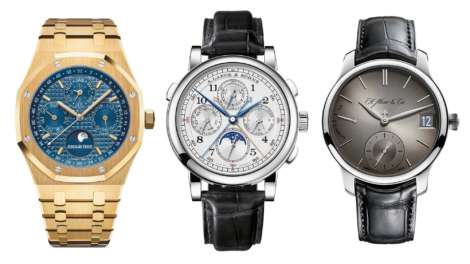

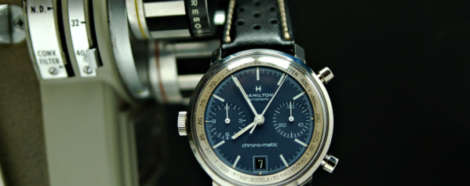
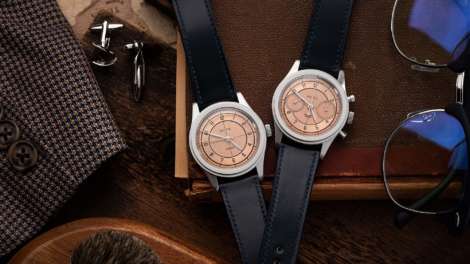
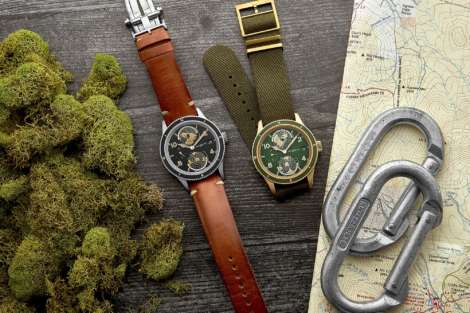

 From Watchland, the Genevan estate where Franck Muller is based, you are able to look out across the calm blue waters of Lake Geneva to the far bank, and in the distance gaze up at the white peak of Mont Blanc. In this postcard setting, Watchland is an open expanse of chalet-style buildings designed by the Swiss architect Edmond Fatio, punctuated with manicured gardens that remind of the calm grounds of Versailles. This year, Franck Muller announced that Watchland had been renovated extensively, with two new buildings constructed in the same style as the rest of the estate, which dates back to 1905. These additional buildings are to accommodate around 420 Franck Muller watchmakers, artisans and operational employees to work in a single location, improving efficiency, and also allowing the brand to be more reactive to market demands. The new buildings give the brand an additional 16,000 square metres at their disposal, making it possible to manufacture components, assemble the watches and finish them all in one place. Franck Muller still have a number of other production sites around Switzerland which will stay in operation, so the project has been more of an expansion than a relocation. In true Franck…
From Watchland, the Genevan estate where Franck Muller is based, you are able to look out across the calm blue waters of Lake Geneva to the far bank, and in the distance gaze up at the white peak of Mont Blanc. In this postcard setting, Watchland is an open expanse of chalet-style buildings designed by the Swiss architect Edmond Fatio, punctuated with manicured gardens that remind of the calm grounds of Versailles. This year, Franck Muller announced that Watchland had been renovated extensively, with two new buildings constructed in the same style as the rest of the estate, which dates back to 1905. These additional buildings are to accommodate around 420 Franck Muller watchmakers, artisans and operational employees to work in a single location, improving efficiency, and also allowing the brand to be more reactive to market demands. The new buildings give the brand an additional 16,000 square metres at their disposal, making it possible to manufacture components, assemble the watches and finish them all in one place. Franck Muller still have a number of other production sites around Switzerland which will stay in operation, so the project has been more of an expansion than a relocation. In true Franck…